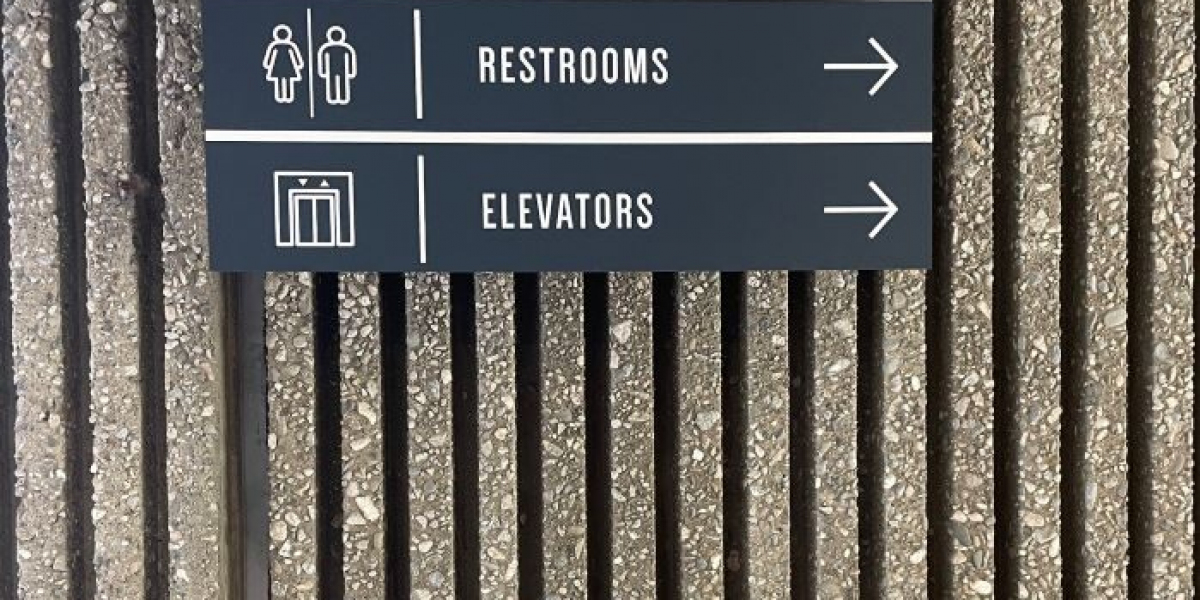Guiding the Way: The Importance of Effective Directory Signs
In any multi-tenant building, complex, or large facility, effective wayfinding is essential for a positive user experience. Directory signs play a crucial role in guiding visitors, employees, and customers to their desired destinations. Clear, concise, and strategically placed directory signs not only improve navigation but also enhance professionalism and create a welcoming atmosphere. This comprehensive guide explores the importance of directory signs, delving into various types, design considerations, placement strategies, and best practices for creating effective wayfinding systems.
Why Directory Signs Matter
Directory signs serve several key purposes:
- Wayfinding and Navigation: They provide clear and concise directions, helping people find their way quickly and easily.
- Improving Customer Experience: Effective wayfinding reduces frustration and enhances the overall customer experience.
- Enhancing Professionalism: Well-designed directory signs project a professional image and create a positive impression.
- Reducing Congestion and Confusion: Clear signage helps prevent congestion and confusion, especially in busy areas.
- Improving Safety: In emergency situations, clear directory signs can help people quickly locate exits and emergency services.
- Accessibility Compliance: Properly designed directory signs can meet accessibility guidelines, ensuring that everyone can navigate the space effectively.
Types of Directory Signs
Several types of directory signs are available, each suited for different applications:
- Building Directories: Located in building lobbies or entrances, these signs list the tenants or occupants of the building.
- Floor Directories: Located on each floor, these signs list the offices or departments located on that floor.
- Directional Signs: These signs point the way to specific destinations, such as restrooms, elevators, or exits.
- Wayfinding Maps: These maps provide a visual overview of the building or complex, helping people orient themselves and plan their route.
- Digital Directories: Electronic displays that can provide real-time information, such as room availability or event schedules.
Design Considerations for Directory Signs
Effective directory sign design requires careful consideration of several factors:
- Legibility: The text should be easily readable from a distance. Choose clear fonts and appropriate sizing.
- Visibility: The sign should be positioned to maximize visibility. Consider factors such as viewing distance, lighting, and background.
- Contrast: Use contrasting colors to make the text stand out against the background.
- Consistency: Maintain a consistent design style throughout the signage system.
- Hierarchy: Establish a clear hierarchy of information, prioritizing the most important elements.
- Materials: Choose durable and appropriate materials for the environment.
- Accessibility: Design signs to meet accessibility guidelines, such as those set by the Americans with Disabilities Act (ADA).
Placement Strategies for Directory Signs
Strategic placement is crucial for maximizing the effectiveness of directory signs:
- High-Traffic Areas: Place directory signs in high-traffic areas, such as lobbies, entrances, and intersections.
- Decision Points: Place directional signs at decision points, such as hallways and intersections.
- Eye Level: Position signs at eye level for easy viewing.
- Consistent Placement: Maintain consistent placement throughout the building or complex.
Accessibility Guidelines for Directory Signs
Directory signs should comply with accessibility guidelines to ensure that everyone can navigate the space effectively. Key considerations include:
- Tactile Characters: Use raised characters and Braille for individuals with visual impairments.
- High Contrast: Use high contrast between the text and background.
- Non-Glare Surfaces: Use non-glare surfaces to improve readability.
- Proper Mounting Height: Mount signs at the appropriate height for wheelchair users.
Conclusion
Effective directory signs are essential for creating a positive user experience in any multi-tenant building or complex. By carefully considering the type, design, placement, and accessibility of your directory signs, you can create a wayfinding system that is both effective and welcoming.









